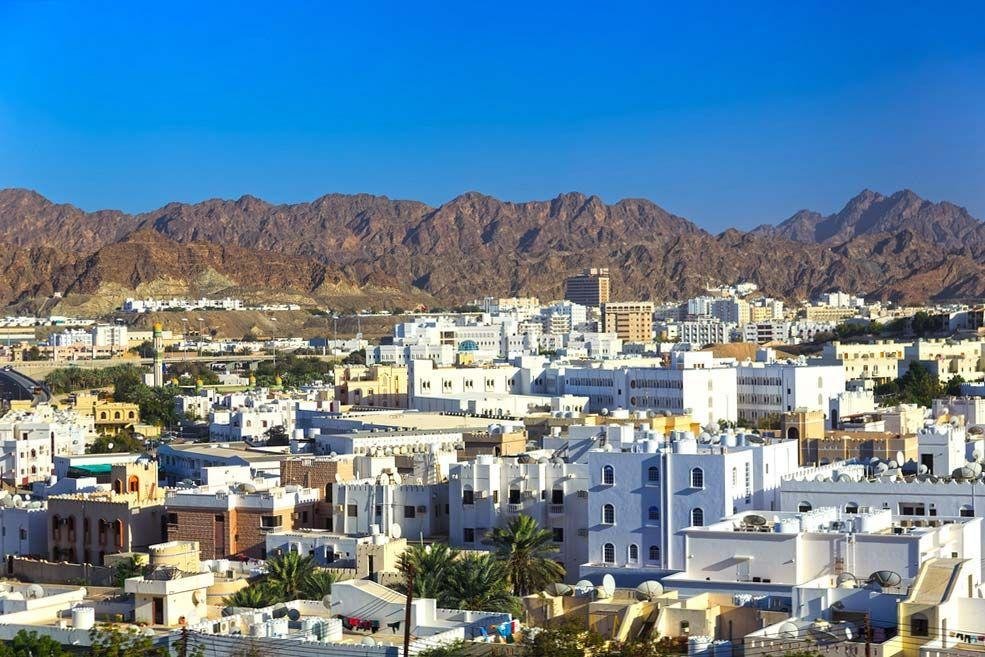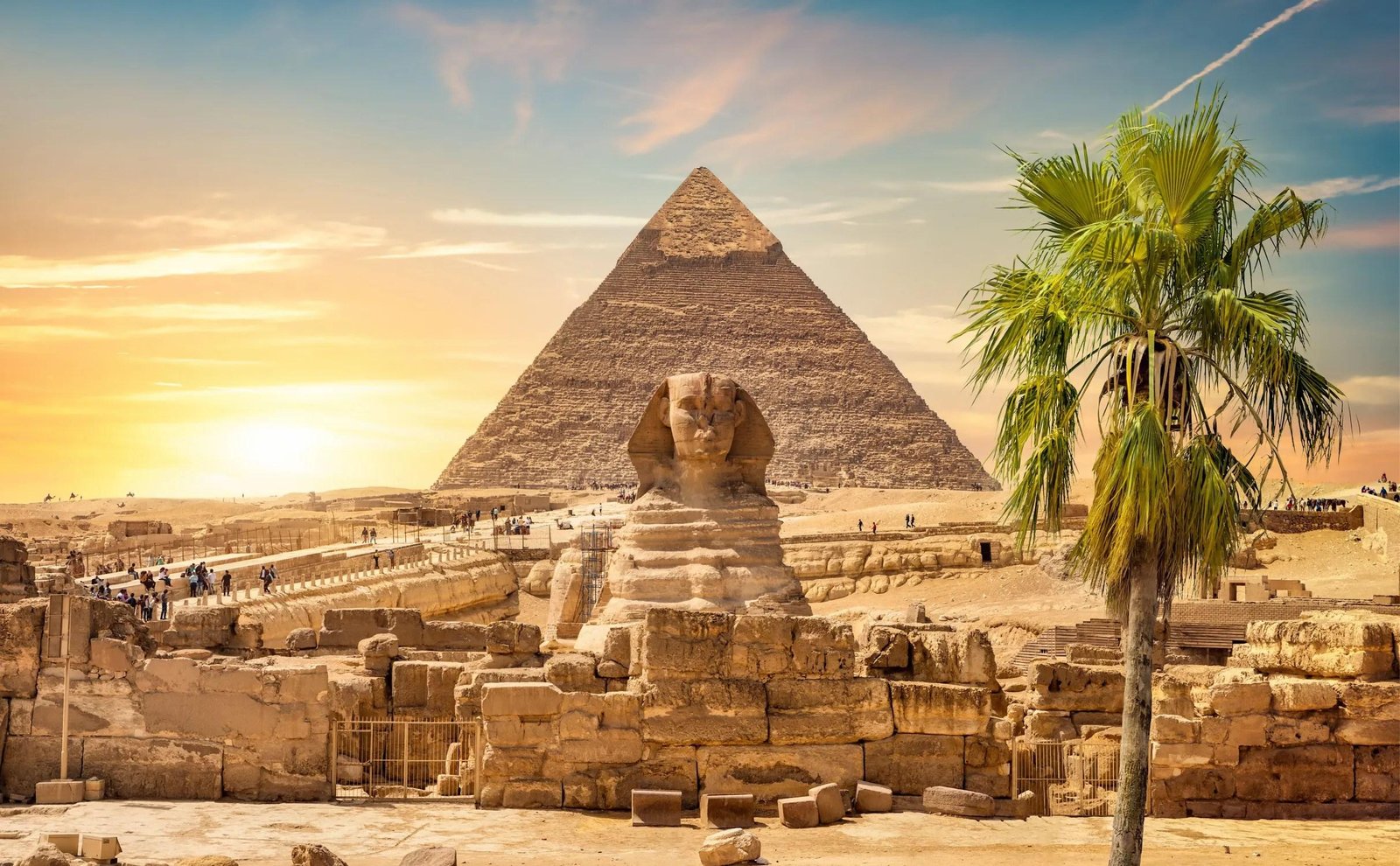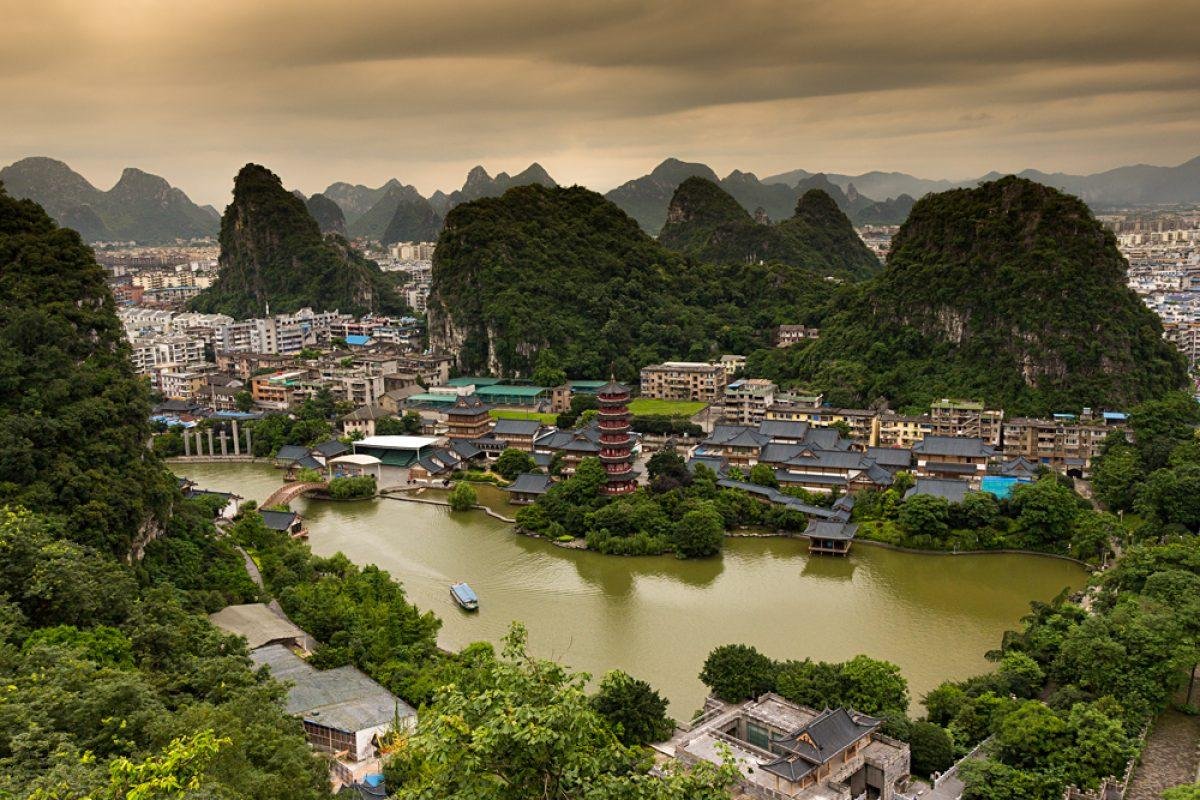Muscat, the capital city of Oman, is a captivating blend of traditional Arabian architecture and modern design, reflecti...
The Architectural Landscape of Johor Bahru, Malaysia

Johor Bahru, the capital of Johor state in Malaysia, is a dynamic city that showcases a fascinating blend of traditional and modern architectural styles. Located just across the causeway from Singapore, Johor Bahru has transformed over the years from a small fishing village into a bustling urban center, reflecting its rich cultural heritage and rapid development.
The architectural journey of Johor Bahru begins with its colonial past. One of the most iconic landmarks is the Sultan Ibrahim Building, a magnificent structure that served as the state secretariat. Built in the 1940s, the building showcases Moorish architectural influences with its grand facade, intricate arches, and decorative elements. The Sultan Ibrahim Building stands as a symbol of Johor’s history and governance, and its striking presence is a reminder of the city’s colonial legacy.

Another notable colonial-era structure is the Johor Bahru Old Chinese Temple, which dates back to the 1880s. This temple is an essential cultural site for the Chinese community in Johor Bahru and features traditional Chinese architectural elements, including ornate roof decorations and intricate carvings. The temple serves as a gathering place for festivals and celebrations, reflecting the vibrant cultural tapestry of the city.

As Johor Bahru has evolved, modern architecture has begun to dominate the skyline. The Johor Bahru City Square is a prime example of contemporary design, featuring a large shopping mall and entertainment complex. The glass facade and sleek lines of the building represent the city’s growth and its status as a commercial hub. This development caters to both locals and visitors, offering a diverse range of shopping and dining options.
The Komtar JBCC, another significant commercial development, showcases modern architectural trends with its spacious interiors and contemporary design. This shopping center is a popular destination for families and tourists, featuring a variety of retail outlets, restaurants, and entertainment facilities. Its design emphasizes openness and accessibility, creating an inviting atmosphere for visitors.

Johor Bahru is also home to several impressive skyscrapers that contribute to its modern skyline. The Johor Bahru City Tower, one of the tallest buildings in the city, features a unique architectural design that combines functionality with aesthetics. Its sleek silhouette and modern amenities reflect the city’s aspirations for growth and development in the 21st century.
In addition to commercial developments, Johor Bahru boasts a range of residential properties that reflect contemporary architectural styles. Luxury condominiums and gated communities have emerged, offering modern living spaces with amenities that cater to urban lifestyles. These developments often incorporate green spaces, promoting a balanced living environment that emphasizes sustainability.

The city is also known for its cultural institutions that celebrate its architectural heritage. The Royal Abu Bakar Museum, housed in a former royal palace, showcases a unique blend of Victorian and Islamic architectural styles. The museum features intricate woodwork and beautiful gardens, allowing visitors to explore the history and culture of Johor. The museum's architecture is a testament to the city's royal past and its architectural evolution over the years.
Johor Bahru's commitment to preserving its cultural heritage is evident in its various heritage sites. The Kampung Gelam area showcases traditional Malay architecture, with wooden houses and intricate carvings. This area has been revitalized to promote local arts and culture, providing a glimpse into the city’s historical roots. The preservation of these traditional structures highlights the importance of cultural identity in the face of rapid urbanization.
As Johor Bahru continues to grow, urban planning initiatives aim to enhance the city's infrastructure while preserving its architectural heritage. The development of public spaces, parks, and pedestrian-friendly areas reflects a commitment to improving the quality of life for residents. The Larkin Sentral Bus Terminal, for example, is designed to facilitate transportation while incorporating green spaces and modern amenities.
The architectural diversity of Johor Bahru is also enriched by its vibrant street life and local markets. The Taman Johor Jaya area features traditional markets where local vendors sell fresh produce, handicrafts, and street food. The colorful stalls and bustling atmosphere provide a contrast to the modern shopping centers, showcasing the city’s cultural vibrancy and community spirit.
Johor Bahru’s architectural identity is further shaped by its commitment to sustainability. Many new developments prioritize eco-friendly designs, incorporating energy-efficient technologies and sustainable materials. This approach not only benefits the environment but also enhances the quality of living for residents and promotes a healthier urban environment.

Cultural festivals and events also play a significant role in shaping the city’s architectural landscape. The annual Johor Bahru Arts Festival brings together artists and performers from various disciplines, showcasing their work in unique venues throughout the city. This event highlights the importance of creativity and collaboration in urban spaces, fostering a sense of community and cultural pride.
The city’s architectural narrative is further enhanced by its diverse neighborhoods, each with its own unique character. The bustling streets of Johor Bahru feature a mix of traditional shophouses, modern cafes, and vibrant street art. This eclectic mix creates a dynamic urban environment that reflects the city’s cultural diversity and creativity.
In addition to its rich architectural heritage, Johor Bahru is also known for its culinary scene. The city offers a wide range of dining options, from street food stalls to upscale restaurants, showcasing the diverse flavors of Malaysian cuisine. Many dining establishments are housed in beautifully designed spaces that combine traditional and modern architectural elements, creating a unique atmosphere for food lovers.
As Johor Bahru continues to develop, the preservation of its architectural heritage remains a priority. Local authorities and community organizations are dedicated to restoring and maintaining historical buildings, ensuring that future generations can appreciate the city’s rich history. The balance between modernization and preservation is crucial for maintaining Johor Bahru’s unique character.
In conclusion, the architecture of Johor Bahru, Malaysia, is a captivating blend of historical influences and modern innovation. From the grand Sultan Ibrahim Building and the Johor Bahru Old Chinese Temple to the sleek designs of contemporary skyscrapers and commercial developments, the city showcases a diverse array of architectural styles that reflect its rich cultural heritage and dynamic evolution. The intricate details of the Royal Abu Bakar Museum, the vibrant atmosphere of Kampung Gelam, and the commitment to sustainability all contribute to the unique character of this thriving city.
As visitors explore the architectural wonders of Johor Bahru, they are transported through centuries of history, experiencing the layers of culture that have shaped this remarkable metropolis. Each building tells a story, revealing the aspirations and achievements of the people who have called Johor Bahru home throughout the ages. With its stunning architecture and vibrant atmosphere, the city continues to captivate the hearts of all who visit, inviting them to discover the rich narratives woven into its urban landscape. The seamless integration of tradition and modernity ensures that Johor Bahru remains a fascinating destination for those seeking to experience the beauty and complexity of its architectural heritage.
Share:




